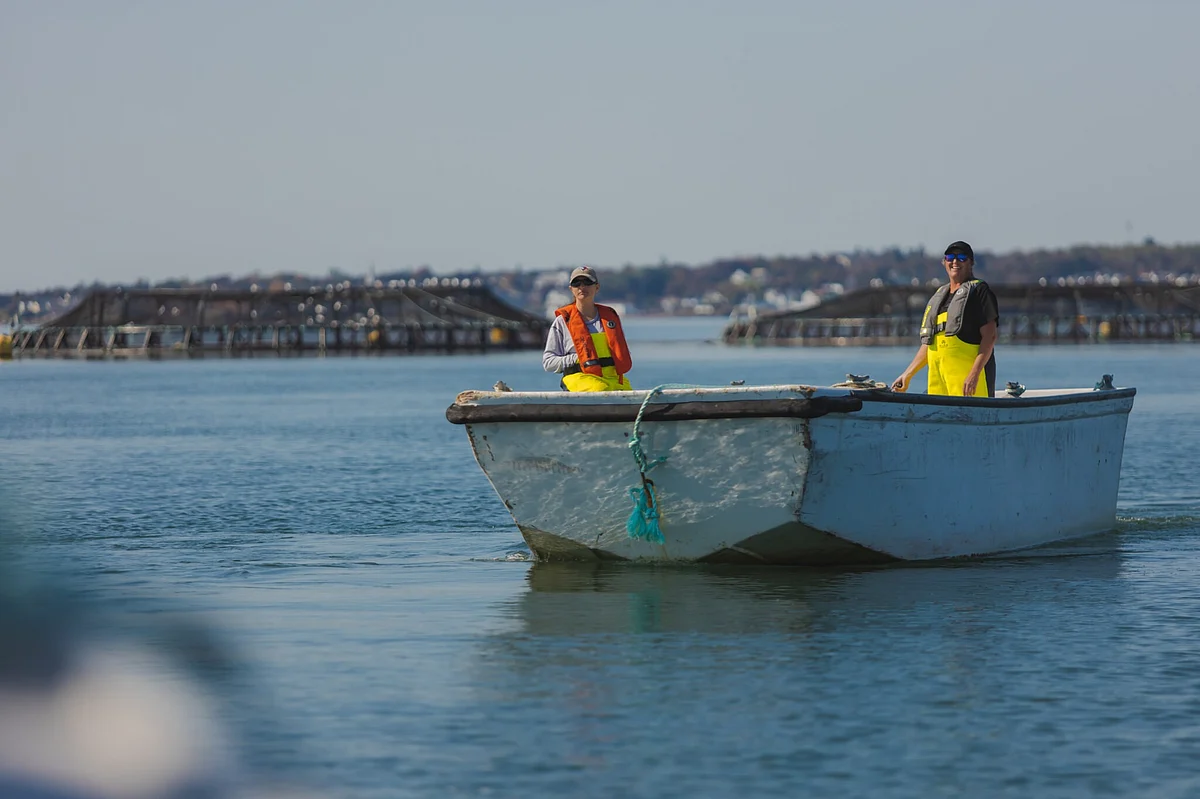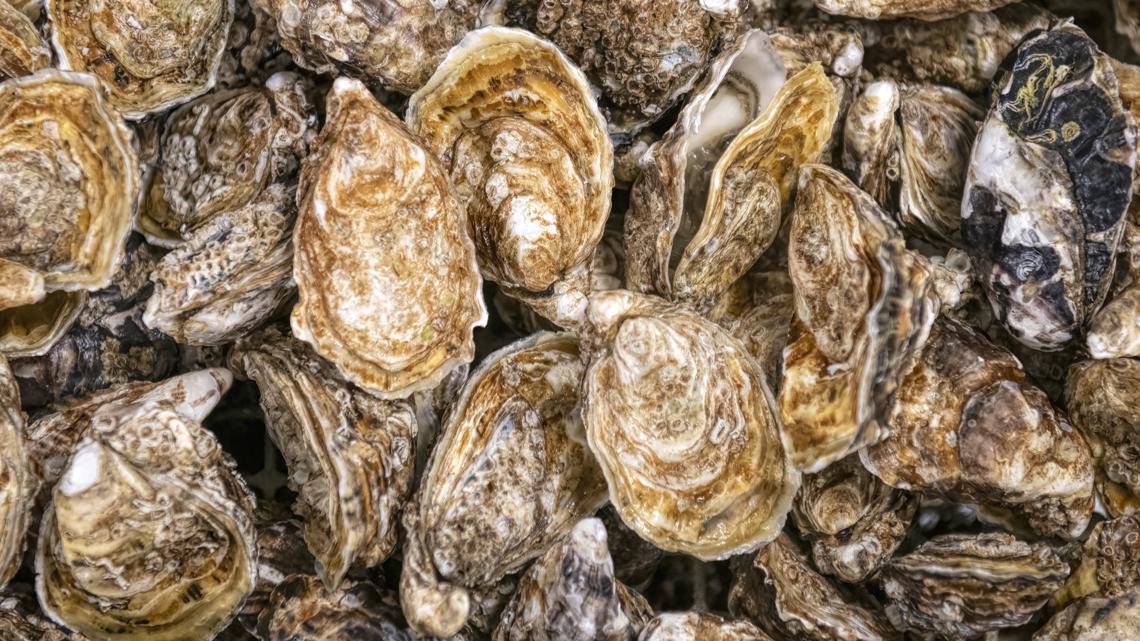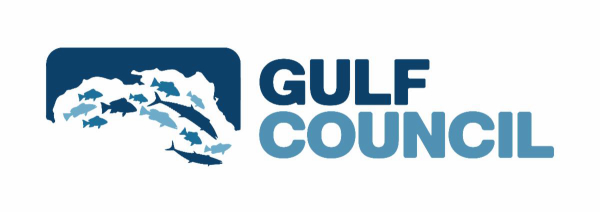Peru trains nearly 5,000 aquaculture farmers so far this year – WEAREAQUACULTURE

Report on Fisheries and Aquaculture Training in Peru: Advancing Sustainable Development Goals
Executive Summary
In the first semester of 2025, Peru’s Ministry of Production (Produce), through the National Fisheries Development Fund (FONDEPES), conducted extensive training for 4,977 individuals in the artisanal fishing and aquaculture sectors. This initiative directly supports several United Nations Sustainable Development Goals (SDGs) by enhancing technical capacities, promoting sustainable practices, and improving livelihoods across 14 regions of the country.
Contribution to Sustainable Development Goals (SDGs)
SDG 14: Life Below Water
The training programs have made a significant contribution to the conservation and sustainable use of marine resources. Key actions include:
- Training on Best Practices for the Release of Sea Turtles, Seabirds, and Other Species in Bycatch, directly addressing the reduction of incidental catch and protecting marine biodiversity.
- Promoting sustainable aquaculture techniques to alleviate pressure on wild fish stocks and support the long-term health of marine ecosystems.
SDG 2: Zero Hunger & SDG 12: Responsible Consumption and Production
The initiative strengthens food security and promotes sustainable production patterns through:
- Courses on Hygiene, Handling, and Preservation of Fishery Resources, which improve food safety and reduce post-harvest losses, ensuring responsible production chains.
- Focused efforts to cultivate species with high nutritional value, such as Amazonian fish, trout, and tilapia, enhancing the availability of quality food sources for the population.
SDG 8: Decent Work and Economic Growth & SDG 1: No Poverty
By investing in human capital, the program fosters inclusive economic growth and poverty reduction. This is achieved by:
- Strengthening the technical and professional skills of artisanal fishers and aquaculture farmers, leading to improved productivity and income generation.
- Providing formal certification, such as the MAM 010: Experienced Artisanal Fishing Deckhand Certification, which enhances employment opportunities and promotes decent work within the sector.
- Empowering local producers to manage their production units more effectively, fostering a more competitive and resilient economic sector.
Program Implementation and Results
Artisanal Fisheries Sector Training
A total of 165 training activities were executed, benefiting 3,335 artisanal fishing agents. The most impactful courses included:
- Hygiene, Handling, and Preservation of Fishery Resources
- MAM 010: Experienced Artisanal Fishing Deckhand Certification
- Best Practices for the Release of Sea Turtles, Seabirds, and Other Species in Bycatch
Aquaculture Sector Development
Training was provided to 1,642 aquaculture producers with the objective of strengthening technical skills and promoting a sustainable and competitive sector. The focus was on the cultivation of high-value species, including:
- Amazonian fish
- Trout
- Tilapia
- Bivalve mollusks
Geographic Scope
The training initiatives were deployed across 14 key regions, demonstrating a national commitment to the development of both sectors. The participating regions were Áncash, Arequipa, Ayacucho, Cusco, Junín, La Libertad, Lima, Loreto, Madre de Dios, Moquegua, Piura, Puno, San Martín, and Tumbes.
Which SDGs are addressed or connected to the issues highlighted in the article?
SDG 14: Life Below Water
- The article focuses on training for artisanal fishers and aquaculture farmers. This directly relates to the sustainable use of marine and aquatic resources. Specific training on “Best Practices for the Release of Sea Turtles, Seabirds, and Other Species in Bycatch” and “Hygiene, Handling, and Preservation of Fishery Resources” contributes to conserving marine ecosystems and managing fishing practices sustainably.
SDG 4: Quality Education
- The core of the article is about a large-scale training initiative by Peru’s Ministry of Production. It details the provision of technical and vocational training to 4,977 individuals, aiming to strengthen their skills for employment and promote a more competitive sector, which aligns with ensuring inclusive and equitable quality education and promoting lifelong learning opportunities.
SDG 2: Zero Hunger
- The training for aquaculture farmers aims to “promote the cultivation of species with high nutritional, commercial, and social value,” such as trout, tilapia, and Amazonian fish. This effort to improve food production systems and support small-scale food producers contributes to ending hunger, achieving food security, and improving nutrition.
SDG 8: Decent Work and Economic Growth
- By strengthening the technical skills of fishers and aquaculture farmers, the initiative aims to “promote a more sustainable and competitive aquaculture sector” and enhance the management of production units. This leads to improved productivity and supports sustained, inclusive, and sustainable economic growth and productive employment for those in the artisanal fishing and aquaculture sectors.
What specific targets under those SDGs can be identified based on the article’s content?
-
Target 14.b: Provide access for small-scale artisanal fishers to marine resources and markets.
- The article describes a concerted effort to train 3,335 artisanal fishing agents across 14 regions. This training provides them with the knowledge and skills (e.g., deckhand certification, handling of resources) necessary to improve their practices, which is a fundamental step in enhancing their access to and benefits from marine resources and markets.
-
Target 4.4: By 2030, substantially increase the number of youth and adults who have relevant skills, including technical and vocational skills, for employment, decent jobs and entrepreneurship.
- The training of 4,977 fishers and farmers in specific, practical skills like “Hygiene, Handling, and Preservation of Fishery Resources,” “MAM 010: Experienced Artisanal Fishing Deckhand Certification,” and aquaculture farming techniques directly addresses this target by equipping adults with relevant vocational skills for their profession.
-
Target 2.3: By 2030, double the agricultural productivity and incomes of small-scale food producers, … in particular … fishers…
- The initiative focuses on training 1,642 aquaculture producers and 3,335 artisanal fishers to “strengthen the technical skills” and “improve their farming practices and techniques.” This is intended to enhance their productivity and promote the cultivation of high-value species, directly contributing to increasing the productivity and potential income of small-scale food producers.
-
Target 14.4: By 2020, effectively regulate harvesting and end overfishing, illegal, unreported and unregulated fishing and destructive fishing practices…
- The training course on “Best Practices for the Release of Sea Turtles, Seabirds, and Other Species in Bycatch” is a direct measure to mitigate destructive fishing impacts. Educating fishers on these practices helps implement more sustainable harvesting methods that reduce harm to non-target species, aligning with the goal of ending destructive practices.
Are there any indicators mentioned or implied in the article that can be used to measure progress towards the identified targets?
-
Number of artisanal fishers and aquaculture farmers trained.
- The article explicitly states that 4,977 people were trained in total (3,335 artisanal fishers and 1,642 aquaculture producers). This is a direct quantitative indicator of progress for Target 4.4, measuring the number of adults who have received relevant vocational skills.
-
Number of training activities conducted.
- The article mentions that “FONDEPES carried out 165 training activities.” This serves as an output indicator, demonstrating the scale and reach of the government’s effort to provide knowledge and skills to small-scale fishers, relevant to achieving Target 14.b.
-
Specific training courses implemented.
- The mention of specific course titles like “Best Practices for the Release of Sea Turtles…” and “Hygiene, Handling, and Preservation of Fishery Resources” acts as a qualitative indicator. It shows that the training is not generic but targeted at promoting sustainable practices (Target 14.4) and improving productivity (Target 2.3).
SDGs, Targets, and Indicators Analysis
| SDGs | Targets | Indicators |
|---|---|---|
| SDG 14: Life Below Water | 14.b: Provide access for small-scale artisanal fishers to marine resources and markets. | Number of training activities for artisanal fishers (165). |
| SDG 4: Quality Education | 4.4: Substantially increase the number of youth and adults who have relevant skills… for employment. | Total number of people trained in technical and vocational skills (4,977). |
| SDG 2: Zero Hunger | 2.3: Double the agricultural productivity and incomes of small-scale food producers… including fishers. | Number of aquaculture producers trained to strengthen technical skills (1,642). |
| SDG 14: Life Below Water | 14.4: Effectively regulate harvesting and end… destructive fishing practices. | Implementation of specific courses on sustainable practices (e.g., “Best Practices for the Release of Sea Turtles…”). |
Source: weareaquaculture.com

What is Your Reaction?
 Like
0
Like
0
 Dislike
0
Dislike
0
 Love
0
Love
0
 Funny
0
Funny
0
 Angry
0
Angry
0
 Sad
0
Sad
0
 Wow
0
Wow
0














































































